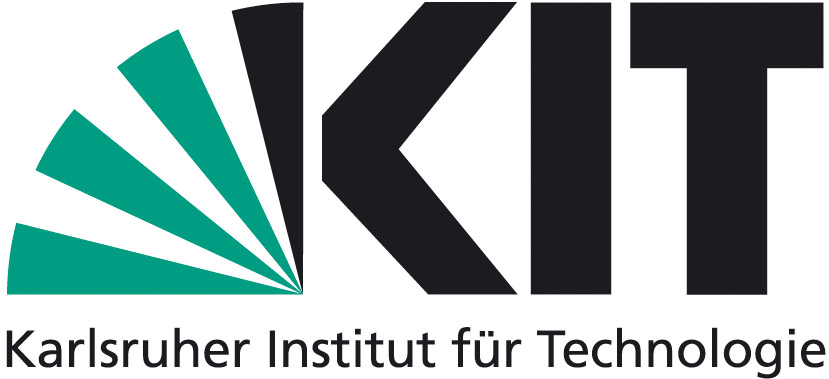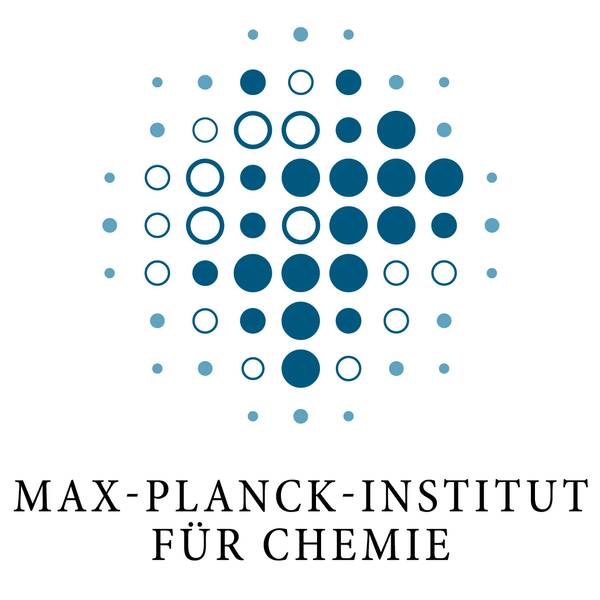







Within the "Earth System Chemistry Integrated Modelling (ESCIMo)" initiative chemistry-climate-simulations are planned by the MESSy Consortium with the ECHAM/MESSy Atmospheric Chemistry (EMAC) model for special topics related to the national project of the DFG-Forschergruppe SHARP (Stratospheric Change and its Role for Climate Prediction) and the international IGAC/SPARC Chemistry-Climate Model Initiative (CCMI). These simulations will be carried out in support of upcoming WMO/UNEP ozone and IPCC climate assessments and will help to answer emerging science questions as well as to improve process understanding. To meet these scientific needs, the CCMI community with active support from SHARP scientists jointly defined new reference and sensitivity simulations.
The study of chemistry-climate interactions represents an important and, at the same time, difficult task of global change research. The emerging issues of climate change, ozone depletion and air quality, which are challenging from both scientific and policy perspectives are represented in Chemistry-Climate Models (CCMs). Understanding how the chemistry and composition of the atmosphere may change over the 21st century is essential in preparing adaptive responses or establishing mitigation strategies. The distribution and development of aerosols and reactive greenhouse gases is controlled by atmospheric chemistry and physics including transport of air masses integrated over global scales. Projections of future climate change are coupled with changes in atmospheric composition whose impacts extend from air quality to stratospheric ozone. Further, chemically active species in the troposphere are more amenable to short-term manipulations by changes in emissions and are therefore of major policy relevance to both air quality and climate. Provision of high-quality, policy-relevant information on the current state of climate and its possible future states, as well as options for adaptation are strongly dependent on the progress in this area. Increasingly, the chemistry and dynamics of the stratosphere and troposphere are being studied and modeled as a single entity in global models, and EMAC was one of the first community models with this capability (Jöckel et al., 2006). For the first time, some of the Earth system models (ESMs) with interactive oceans that participated in the fifth round of the Coupled Model Intercomparison Project Phase 5 (CMIP5) had interactive chemistry. The WMO/UNEP "Scientific Assessment of Ozone Depletion: 2010" (WMO, 2010) also featured several stratospheric models that included tropospheric chemistry, and one model with a coupled ocean. It was also a main recommendation of the SPARC CCMVal report (2010), that stratosphere-resolving CCMs should continue to evolve towards more comprehensive, self-consistent stratosphere-troposphere CCMs. These developments provide a pathway for including better representation of stratosphere-troposphere, chemistry-climate and atmosphere-ocean coupling in CCMs and ESMs used for more robust predictions of future ozone layer and climate changes and mutual influences (Eyring and Lamarque, 2012).